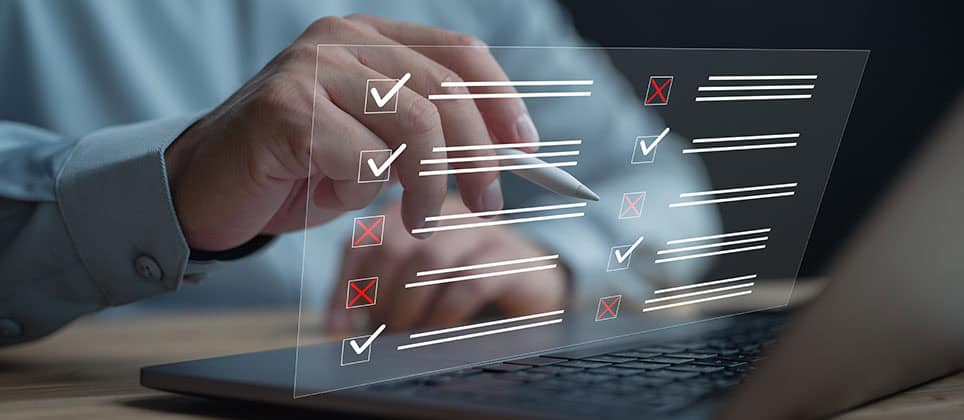IGEL Blog

From Recovery to Resilience: Rethinking Endpoint Continuity in a Zero Trust World
When I was young, I used to wonder why we went on holiday. If this is a place we are so excited to go to is so great, why don’t we just go and live there?
The new research from Gartner, “Improve Business Continuity Using Desktop as a Service” is striking a similar chord with me. If the enterprise desktop place that we are living in today is so vulnerable, why don’t we just move to the place that is safer?
Stay with me..
The July 2024 CrowdStrike agent failure was a powerful example of the operational exposure most organizations still face. Gartner’s research “Improve Business Continuity Using Desktop as a Service” which references this incident, highlights the strategic role of Desktop as a Service (DaaS) and cloud-hosted virtual desktops in minimizing downtime, and also the use, of what Gartner term a “thin client operating system”. But in doing so, it also highlights a prevailing mindset: **that we are designing the endpoint for failover, rather than designing for failsafe.**
Lets quickly tackle that term – “thin client operating system”. Now I’m looking at this it deserves its own blog, but – The term “thin client” is inextricably linked to the hardware. Search on the term “thin client” and what do you see? A page full of hardware. Wikipedia even states “a simple (low-performance) computer”. Ask an AI engine what the benefits of a thin client are and you’ll find improved security, lower TCO, improved reliability and uptime. Lets take those benefits (often, but not always, delivered by or enabled by the software – IGEL) and lets run them on any device,not just “thin clients”.
At IGEL, we believe in a more targeted, fit for purpose strategy: Yes, have a plan. Yes, embrace VDI, DaaS and browser. But first, ask: what if your endpoint was designed to minimize the risk of failure in the first place?
The Recovery Assumption: The Traditional Endpoint as the Failure Point
Gartner is right to emphasize preparedness. Failures—from agent misfires to ransomware—do happen. But implicit in the recovery model is the assumption that a traditional, built for every eventuality, writeable endpoint is the default (specifically calling out resetting it). And that means layering on security agents, patching, backups, and more.
IGEL, see the endpoint differently: not as something to defend with layers, but something to simplify and harden by design.
Security by Design: The Preventative Security Model™
IGEL’s Preventative Security Model shifts endpoint thinking from detection and remediation to proactive prevention and simplification.
- Immutable, Read-Only OS: Stops tampering and malware persistence.
- No Local Data: Removes exfiltration and encryption targets.
- Cryptographically Verified Boot: Ensures the system starts in a known-good state.
- Minimized Attack Surface: Only the necessary components are delivered to the device.
This is not about claiming unbreakable software. IGEL OS is software after all. But it’s software architected with the principles of Zero Trust and attack surface minimization at its core.
Workloads no longer run at the endpoint
With applications increasingly moving away from the endpoint and into the cloud, and Gartner themselves predicting that by 2030 Secure Enterprise Browsers will be a central component of application access strategies, isn’t it time to rethink the endpoint? Isn’t this a point in time to redefine the enterprise endpoint – just like the Enterprise Browser is being redefined?
Business Continuity Begins with Fewer Incidents
Gartner is right: you need a business continuity plan. Virtual desktops and cloud scaling are essential. But we believe true endpoint resilience starts before recovery:
- Design devices that are difficult to compromise
- Limit what runs locally and how it’s accessed
- Deliver workspaces adaptively, based on user role and risk
Case in Point: Dual-Layer Resilience in Action
During the July 2024 CrowdStrike incident, IGEL endpoints remained operational and unaffected. Azure Virtual Desktops could be reset in minutes, as shared by Microsoft’s Scott Manchester—showcasing the agility of modern cloud workspaces. This isn’t applicable to AVD, but all DaaS providers. This combination—IGEL at the endpoint and workloads (DaaS, Enterprise Browser) in the cloud—represents a blueprint for secure, scalable, and resilient desktop delivery.
So (and you’ve been patient) if our destination, in the event of a compromise or failure, is a more resilient infrastructure, powered by a more resilient endpoint operating system and VDI, DaaS, or enterprise browser – rather than go on holiday there, why don’t we just live there?


